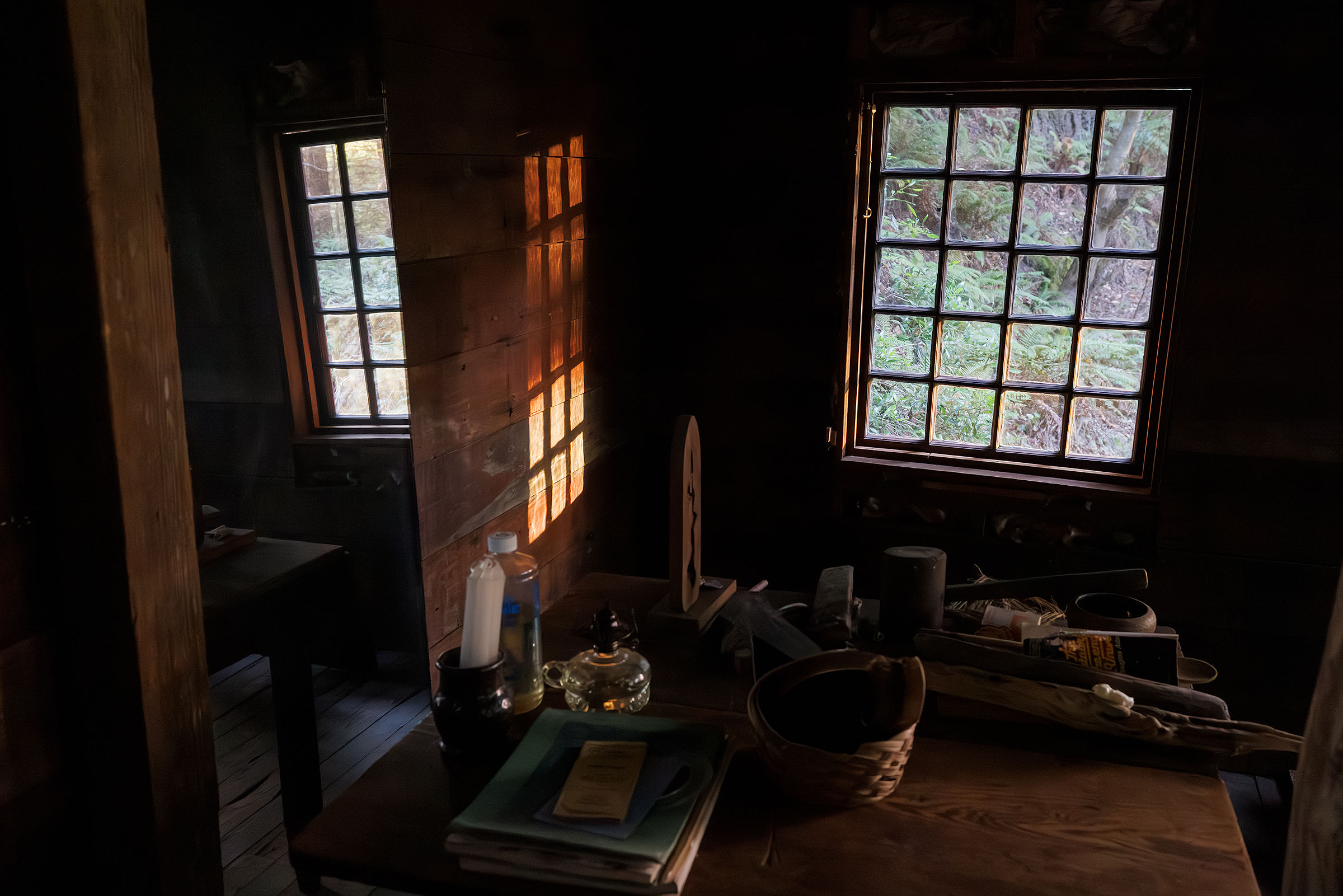Salk Institute – Louis Kahn
Commissioned by Jonas Salk, the Salk Institute is a masterwork of modern architecture that merges scientific purpose with poetic form. Salk challenged Louis Kahn to design a place “worthy of a visit by Picasso,” resulting in a timeless complex perched above the Pacific Ocean.
The design features two symmetrical laboratory wings framing a central travertine courtyard, bisected by a narrow water channel that draws the eye to the sea. Built from raw concrete, teak, and stone, the institute exemplifies Kahn’s reverence for material, light, and geometric clarity.
More than a monument, the building continues to serve as a dynamic research facility—embodying both architectural gravitas and enduring adaptability.


